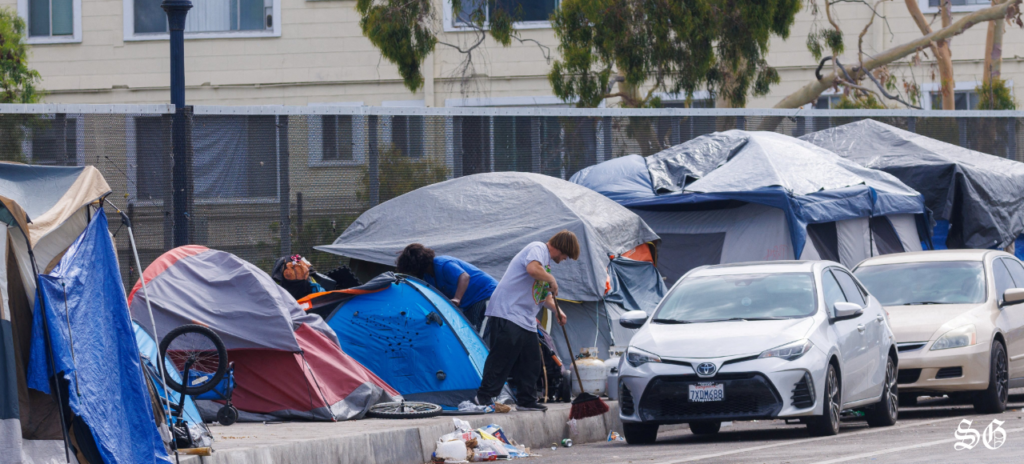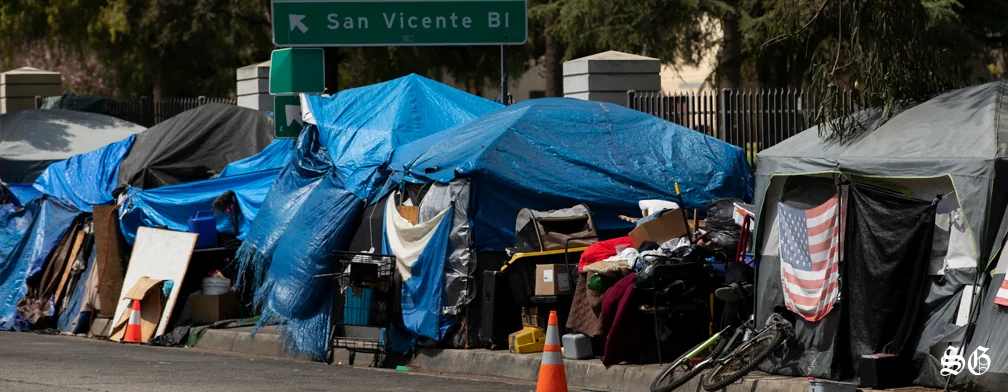Table of Contents

Crisis on the Streets: U.S. Homelessness Surges by 18% in One Year
Overview
Homelessness in the United States increased by 18% between 2023 and 2024, marking the largest rise in recent years. Factors contributing to this surge include unaffordable housing, inflation, systemic racism, natural disasters, and rising immigration.
Key Statistics
- Total Individuals Affected: 771,480 people experienced homelessness in emergency shelters, transitional housing, safe havens, or unsheltered locations.
- Rate of Homelessness: Approximately 23 out of every 10,000 individuals in the U.S. are affected.
- Annual Increase: A significant 18% rise compared to a 12% increase the previous year.
- Children Impacted: Homelessness among children under 18 rose by 33%, affecting 150,000 children.
- Racial Disparities:
- Black individuals represent 12% of the population but account for 32% of the homeless population.
- Black communities are disproportionately impacted, reflecting broader systemic inequities.

Contributing Factors
- Economic Challenges: Rising inflation and stagnating wages, particularly among middle- and lower-income households, have worsened the affordability crisis.
- Housing Crisis: A shortage of affordable housing has placed additional pressure on vulnerable populations.
- Systemic Issues:
- Systemic racism continues to exacerbate disparities in housing and economic stability.
- The expiration of pandemic-era homelessness prevention programs has left many without support.
- External Pressures:
- Natural disasters have displaced communities.
- Increased immigration has added strain to housing systems.
Broader Implications
The growing homelessness crisis highlights the strain on existing homelessness services and the urgent need for coordinated federal, state, and local action. Addressing systemic inequities, expanding affordable housing, and implementing effective support programs are critical to reversing this trend.